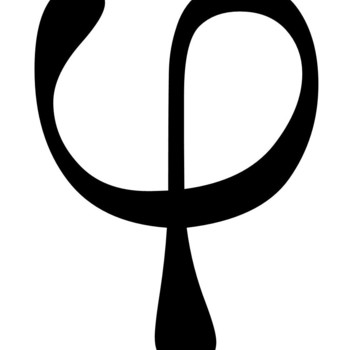What is the derivative of the following funct ion? (1) y=4sin^-1(3×) (2) y=ln(5×+sin^-1(×) (3) y=3cos(sin^-1(2×+3))
2 Answers
Explanation:
According to the chain rule,
Here, we have:
But since
Use the chain rule:
As
1)
2)
3)
Explanation:
You can Solve this Using the Chain Rule
basically,
which is the derivative of the first function(
multiplied by the derivative of
therefore for the first question,
let
and
therefore, for the derivative of
derivative of f(x) is
and of g(x) Is 3
therefore , the total derivative is
2)
similarly, for the second one,
derivative of
is
therefore the total derivative is
3)
use the same chain rule twice.
the derivative of the outside function =
which has to be evaluated at the inside function,
And the derivative of the inside function found using the chain rule is
therefore,
but since
the entire derivative is
And That's it

